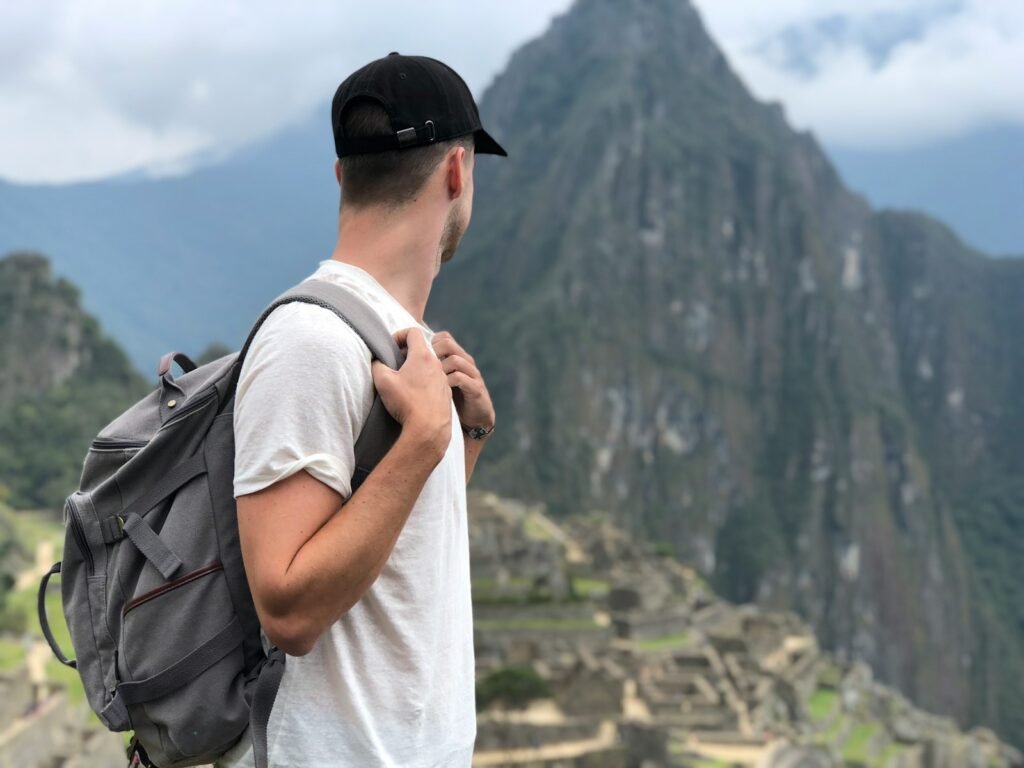Traveling offers the chance to explore new cultures, cuisines, and landscapes. While many embark on journeys with wide-eyed wonder, few consider the impact their adventures might have on the environments they visit. One pressing issue is the inadvertent spread of invasive species, which poses a significant threat to biodiversity worldwide. This article delves into the impact of travelers on local ecosystems and what can be done to protect them.
The Unseen Hitchhikers
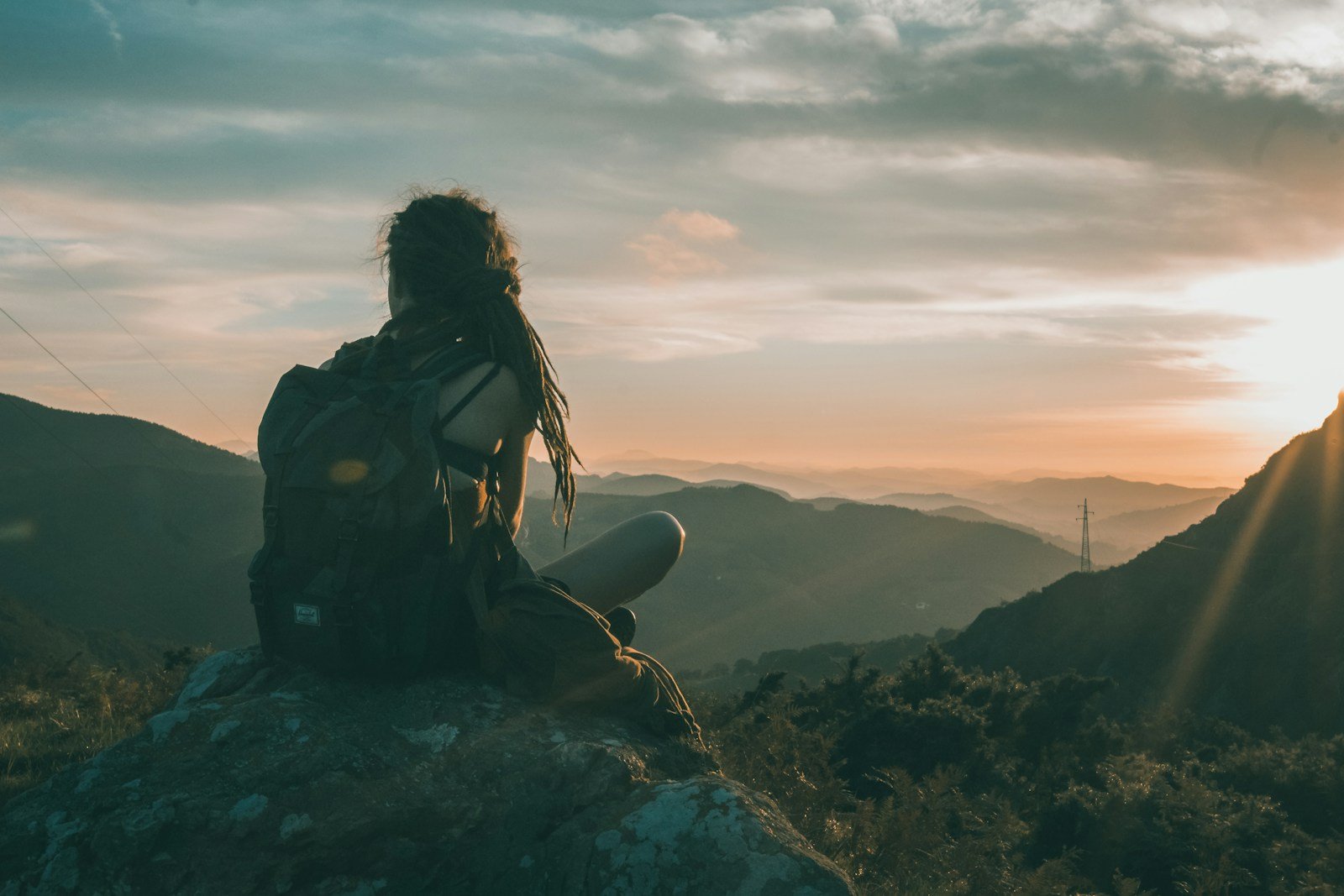
While you pack your suitcase or cleaning your gear for an outdoor adventure, you might ignore the unnoticed passengers you’re bringing along. Seeds, spores, insects, and tiny animals can easily attach themselves to clothing, shoes, and equipment. When introduced to new areas, these organisms can take over local habitats, often to the detriment of native species.
Understanding Invasive Species
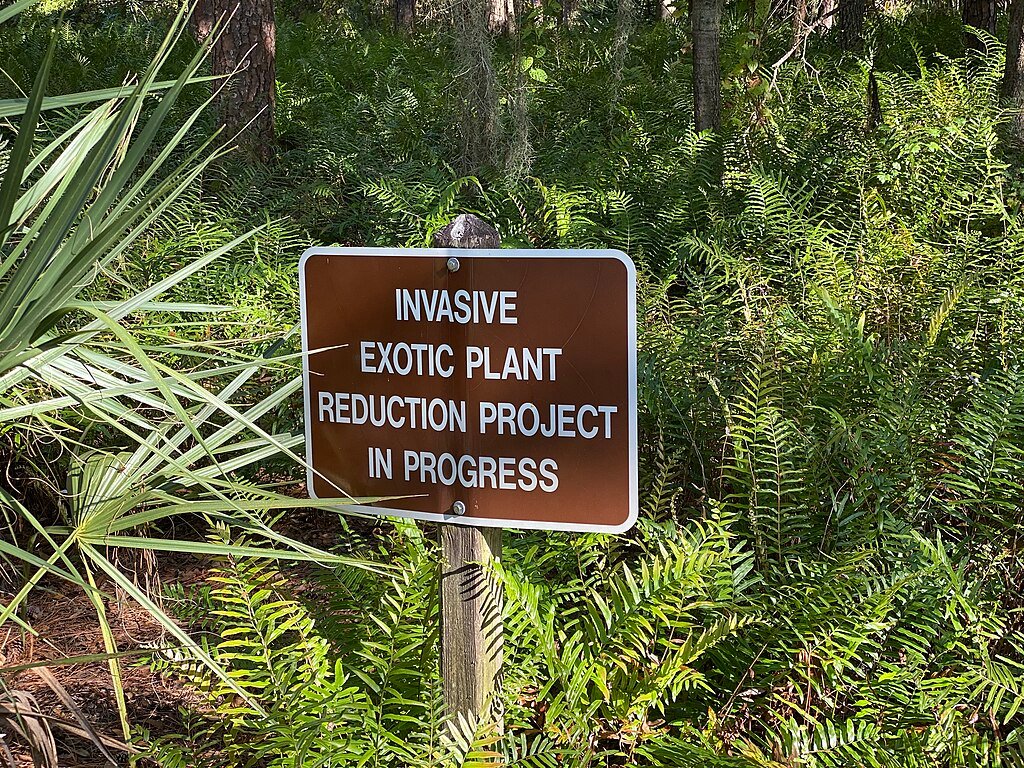
Invasive species are non-native organisms that cause harm to ecosystems, biodiversity, or human health. They thrive in new environments due to a lack of natural predators, diseases, or competition, often leading to the displacement or extinction of native species. Their presence often results in significant ecological and economic impacts.
Travel’s Role in Spreading Invasive Species

Travel, both international and domestic, plays a major role in the spread of invasive species. Increased globalization and mobility mean that people frequently move between ecosystems, inadvertently bringing along foreign species. Whether it’s a plant growing in your garden or a fish in your home aquarium, once these species find their way into the wild, they can become invasive.
The Modes of Transport
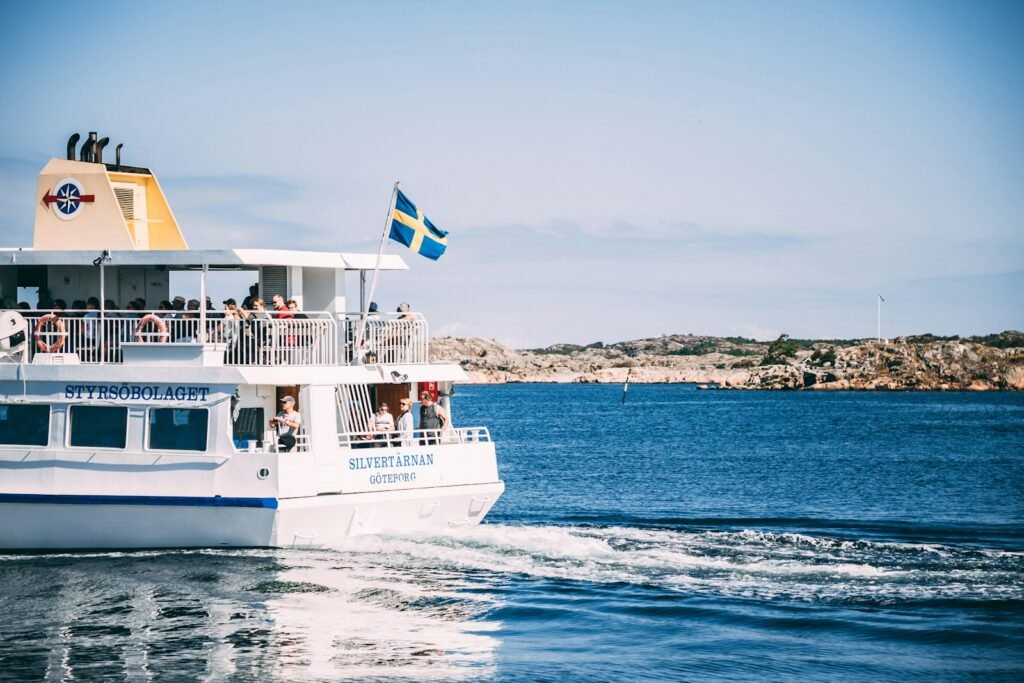
Transport vehicles, such as ships, planes, and cars, are common conduits for invasive species. Ballast water in ships can harbor aquatic species, while aircraft can transport insects in cargo or passenger luggage. Ground vehicles can spread seeds and small organisms trapped in tire treads or vehicle parts, especially when traveling between regions with different climates and ecosystems.
Human Activities and Habitat Disruption

When humans alter ecosystems through urban expansion, agriculture, or deforestation, they create opportunities for invasive species to establish. Disturbed environments often become less resilient against invasions, making it easier for non-native species to settle and proliferate.
Tales from the Field: Case Studies

Consider the brown tree snake in Guam or the zebra mussel in the Great Lakes, both of which wreaked havoc on local biodiversity and economies. These notorious invasive species highlight the dramatic consequences of non-native organisms settling into new areas.
Preventive Measures for Travelers
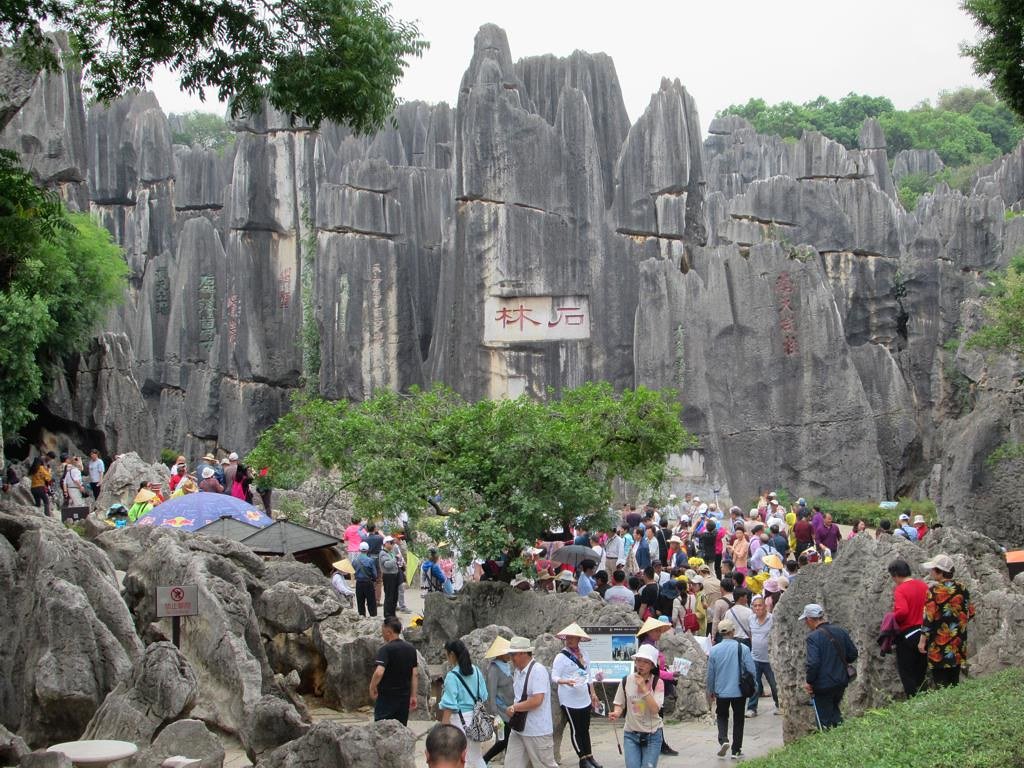
Travelers can reduce the risk of spreading invasive species by cleaning their gear, thoroughly checking luggage for seeds or insects, and following local guidelines for the disposal of organic matter. Awareness and vigilance are key to minimizing inadvertent ecological impacts.
Supporting Local Conservation Efforts

Engaging with local conservation initiatives while traveling can help mitigate the spread of invasive species. Participating in habitat restoration projects or supporting responsible tourism operators aids in preserving the health of ecosystems you visit.
The Role of Education and Awareness
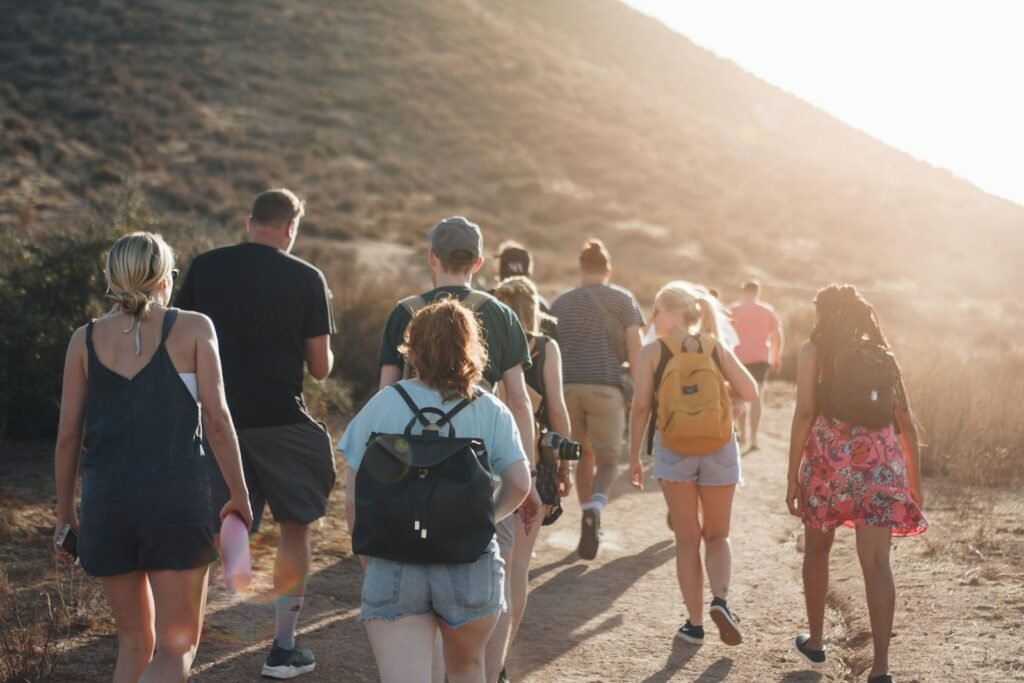
Raising awareness about invasive species through educational programs, public campaigns, and community engagements is critical. Understanding the implications of invasive species encourages people to take proactive steps in preventing their spread.
Government and Policy Interventions
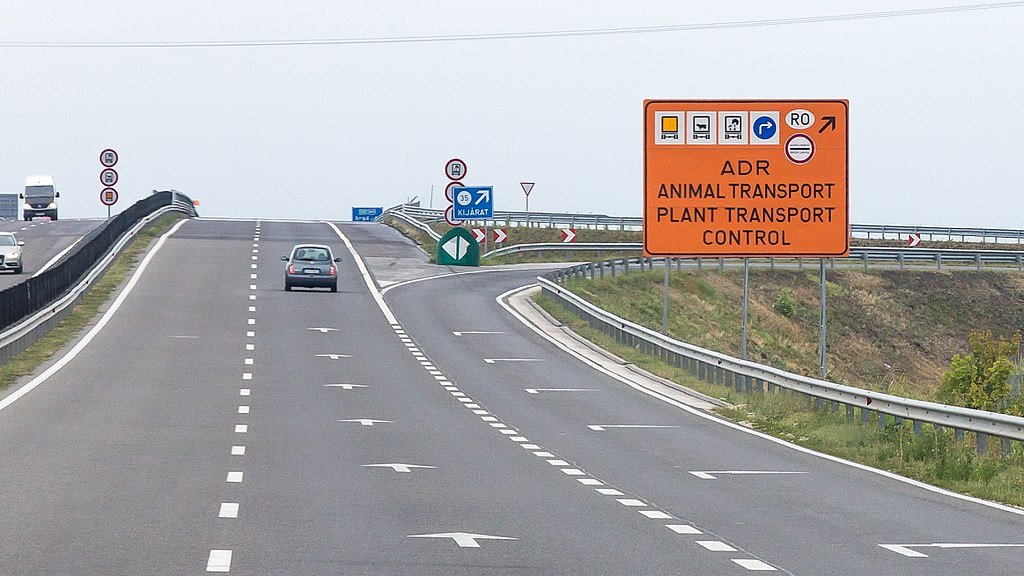
Regulatory measures, such as stricter border controls, better import inspections, and comprehensive quarantine procedures, play a vital role in managing the spread of invasive species. International cooperation enhances these efforts by creating unified strategies across borders.
The Future: Balancing Travel with Conservation

Reconciling the joys of travel with environmental stewardship is essential in today’s world. Developing technologies and practices to transition toward more sustainable travel can support biodiverse and healthy ecosystems, ensuring vibrant landscapes for future generations to explore.
Conclusion: A Shared Responsibility

Preserving our planet’s biodiversity requires a collective effort from travelers, policymakers, and communities. By recognizing and addressing the role we all play in the spread of invasive species, we can help ensure the integrity of ecosystems across the globe. Every traveler bears a responsibility not just to satisfy their wanderlust, but to protect the irreplaceable beauty of our natural world.

